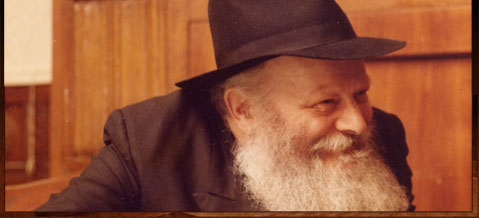Mr. Mati Goldzweig
My encounter with the Rebbe took place nearly fifty years ago when I came to the United States from Switzerland with the goal of helping Russian Jews oppressed by the Soviet regime.
By way of background, my parents – both of whom were from Poland –miraculously made it to Geneva during World War II. This is where they met and married and where I was born in 1948.
In 1969, after being educated in yeshivahs in England and Israel, I enrolled in Geneva University’s School of Economics. And it is there that I was introduced to the plight of the Soviet Jews who were not permitted to practice Judaism or to emigrate elsewhere. It was a hot issue at the time and many organizations worldwide were staging demonstrations and working to influence their governments to pressure the Soviets into releasing the Jews.
Because of my involvement in this cause, I came to the United States in 1972. Upon arrival, I met with the famed civil liberties advocate Nat Lewin, who suggested that I use my background in economics to investigate how to influence the United States government to play a role. So I went to the Library of Congress, and there I found that legislation already existed in the US that could help the Soviet Jews by means of impacting Soviet trade, but this legislation had not been used for that purpose.
With that information in hand, I was introduced by Nat Lewin to US Senator Henry Scoop Jackson, who was well known for his involvement in the fight against anti-Semitism. After much effort on my part – canvassing members of Congress to gain their support – Senator Jackson undertook to propose an amendment to the Trade Act. This amendment (more…)





